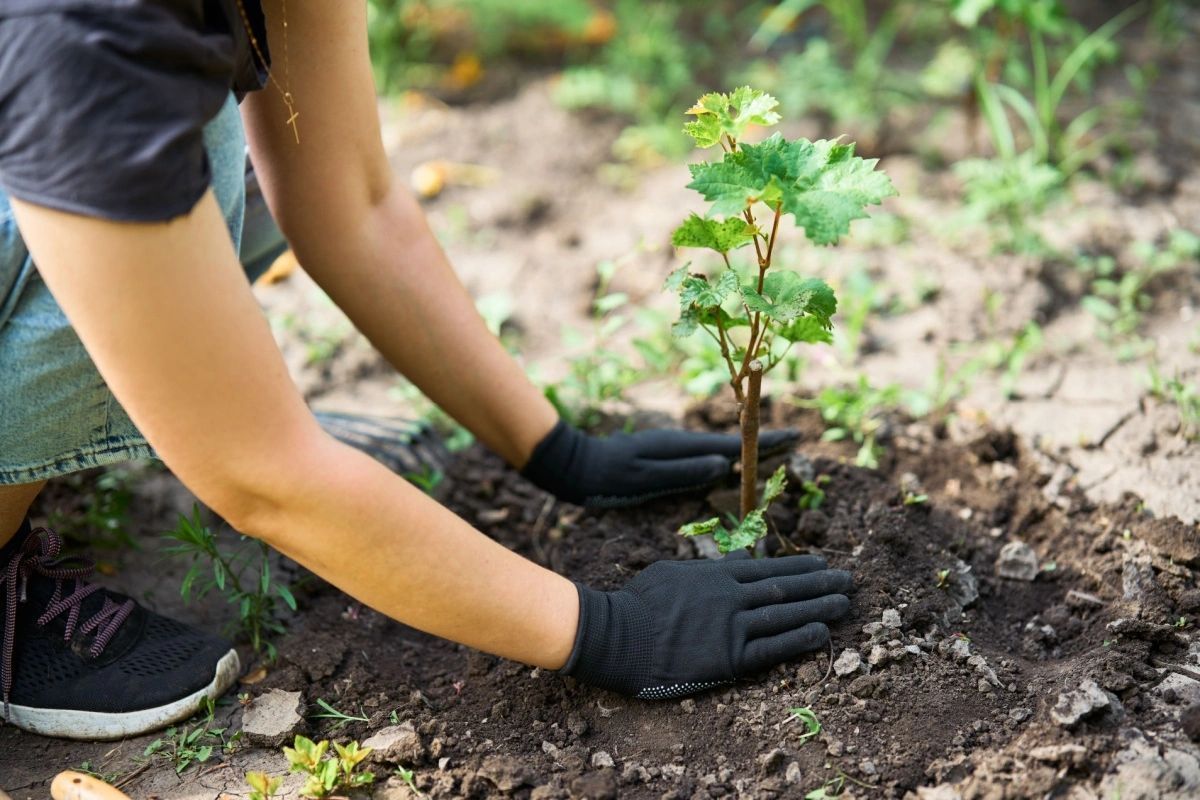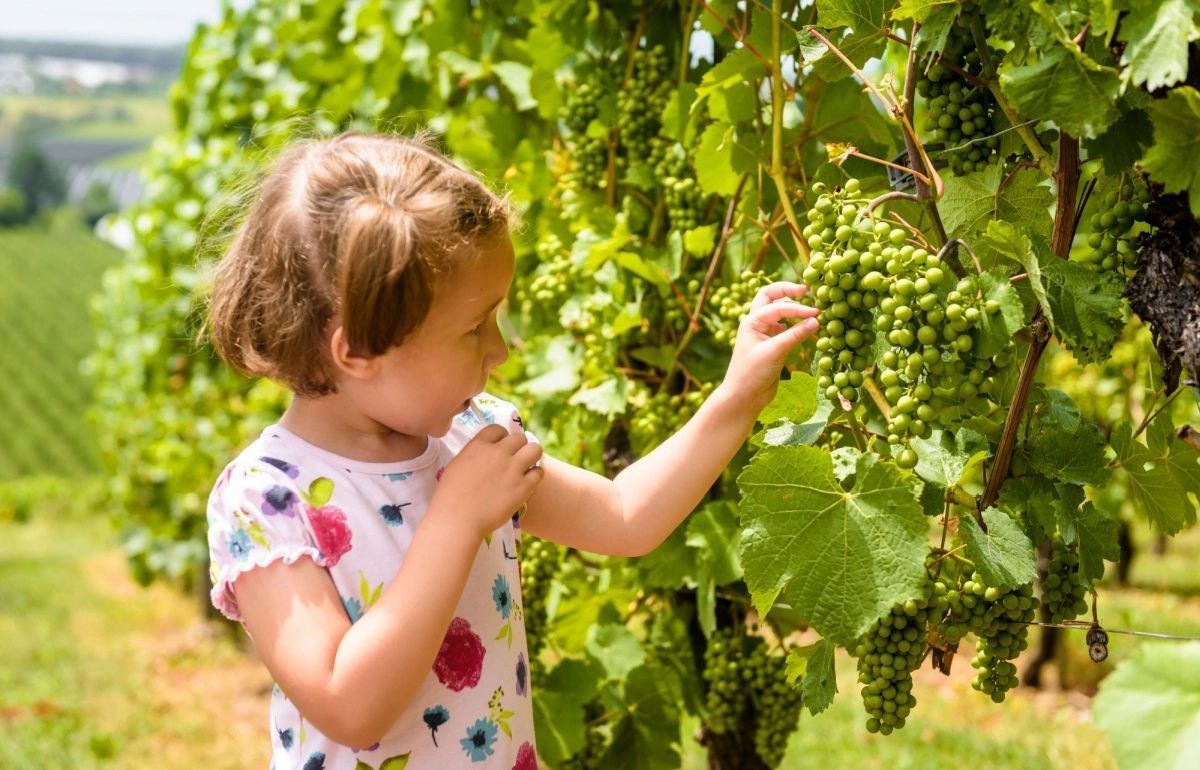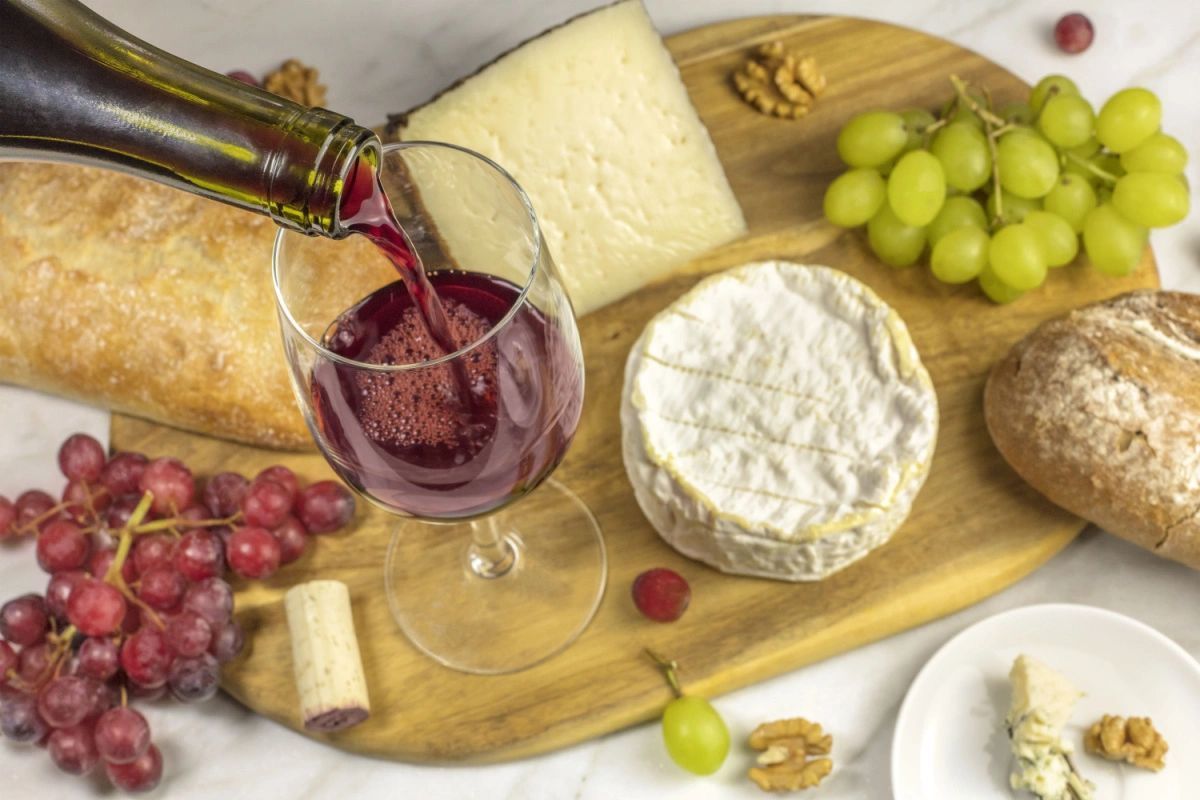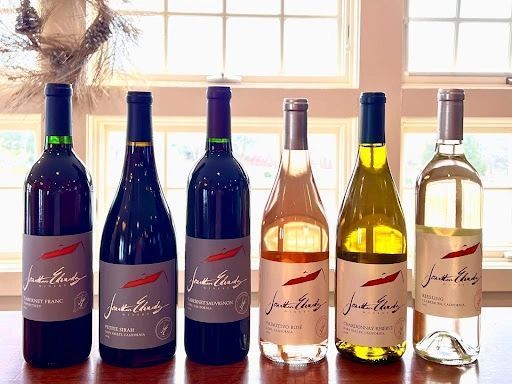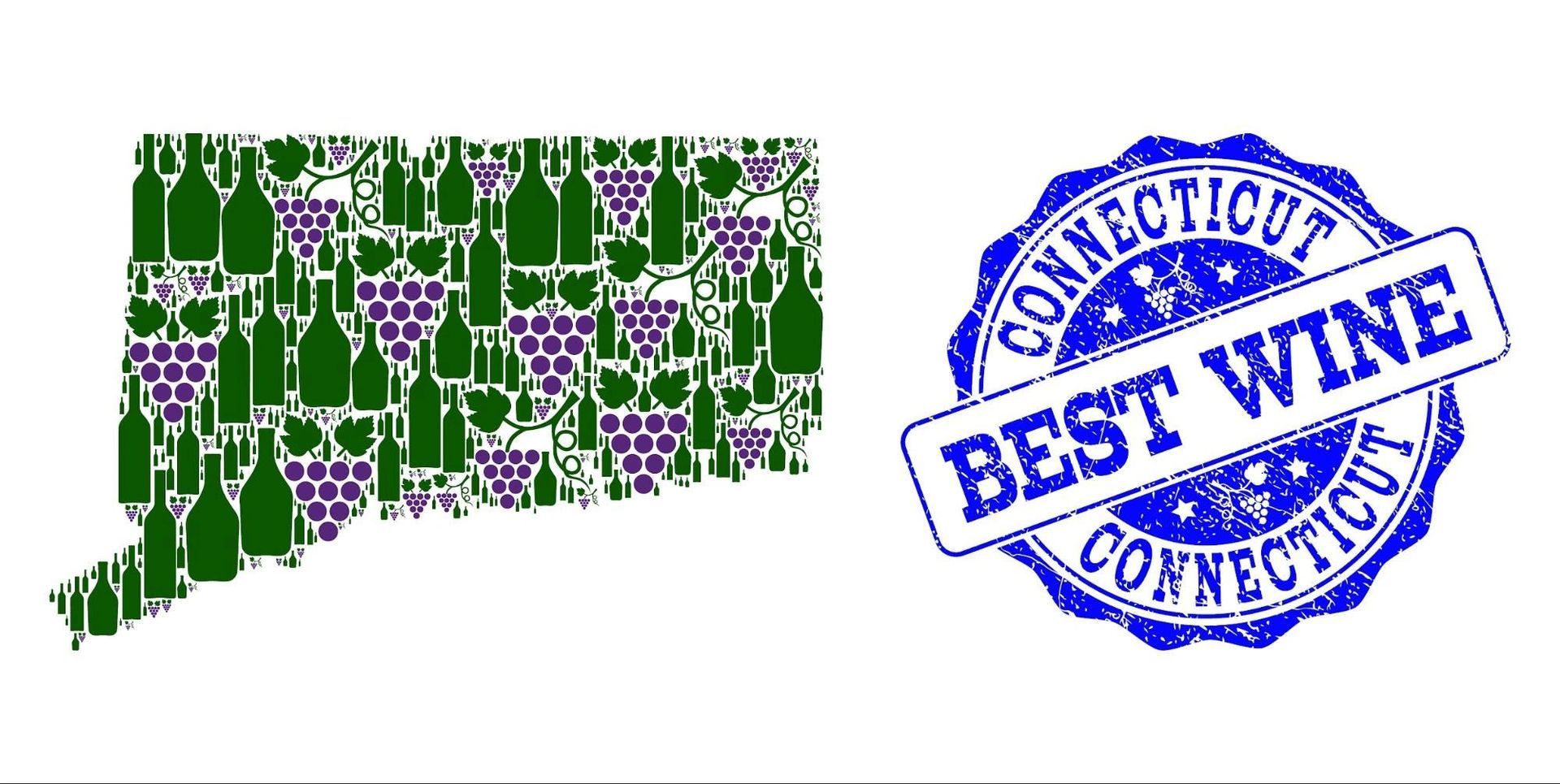
Growing grapes requires maintenance and attention, and the results are often highly dependent on the extent of preparation and attention to detail. While knowing what to do and practicing the right steps can help improve results, there are some factors in the world of winemaking that are simply out of growers’ hands.
In many regions of the world, such as California and the Mediterranean, the environment is highly conducive to viticulture. However, some degree of consistency is necessary for good grape production, and unpredictable temperature fluctuations or precipitation can wreak havoc on crops.
While they have experienced tremendous success as a whole, growers in New England regularly face issues that those in California or Italy seldom have to deal with. While wine tastings and tours are exciting in their own right, understanding how vintners overcome these obstacles help individuals comprehend what makes an ideal product.
Unpredictable Summers
For the highest degree of control, vintners need relatively consistent and predictable temperatures throughout each season. Summers in Connecticut are usually warm and humid, but sudden storms are frequent, and temperatures can drop sharply with little notice. Often, unexpectedly cool or wet summers mean grape plants fall prey to mold and mildew. Keeping grapes somewhat dry is crucial, and frequent summer rainstorms can prevent fungicide from doing its job and lead to mold or mildew, forming and damaging the harvest. As such, optimal summer weather for New England wine is infrequent rain and consistently warm temperatures.
Extreme Cold
Winegrowers in Napa Valley and the Mediterranean rarely have to face bitter coldness in the winter. Some drop in temperature should be expected every season, especially in New England, but too much exposure to low temperatures can destroy grapevines.
During winter in Connecticut, grape plants and their vines are frequently freezing, thawing, and refreezing. The strain caused by this freeze-thaw cycle can cause the trunks of exposed grapevines to expand and split. This process results in a vine that is now much more vulnerable to bacteria and fungal infections, compromising its health if unaddressed.
How Do They Still Do It?
With all these challenges, it's truly amazing that so many great wines come from New England every year. Growers in these areas are used to overcoming obstacles and have developed hybrid grapes that are suited to thrive in harsh conditions. Grape varieties like Frontenac, La Crescent, and Marquette have already been proven in the Great Lakes region as well as Canada, and are therefore popular among New England growers.
Visit Jonathan Edwards Winery to learn more about tastings, tours, and wine club subscriptions in New England.
Categories
Sign up for blog updates!
Join my email list to receive updates and information.
Contact Us
We will get back to you as soon as possible.
Please try again later.


